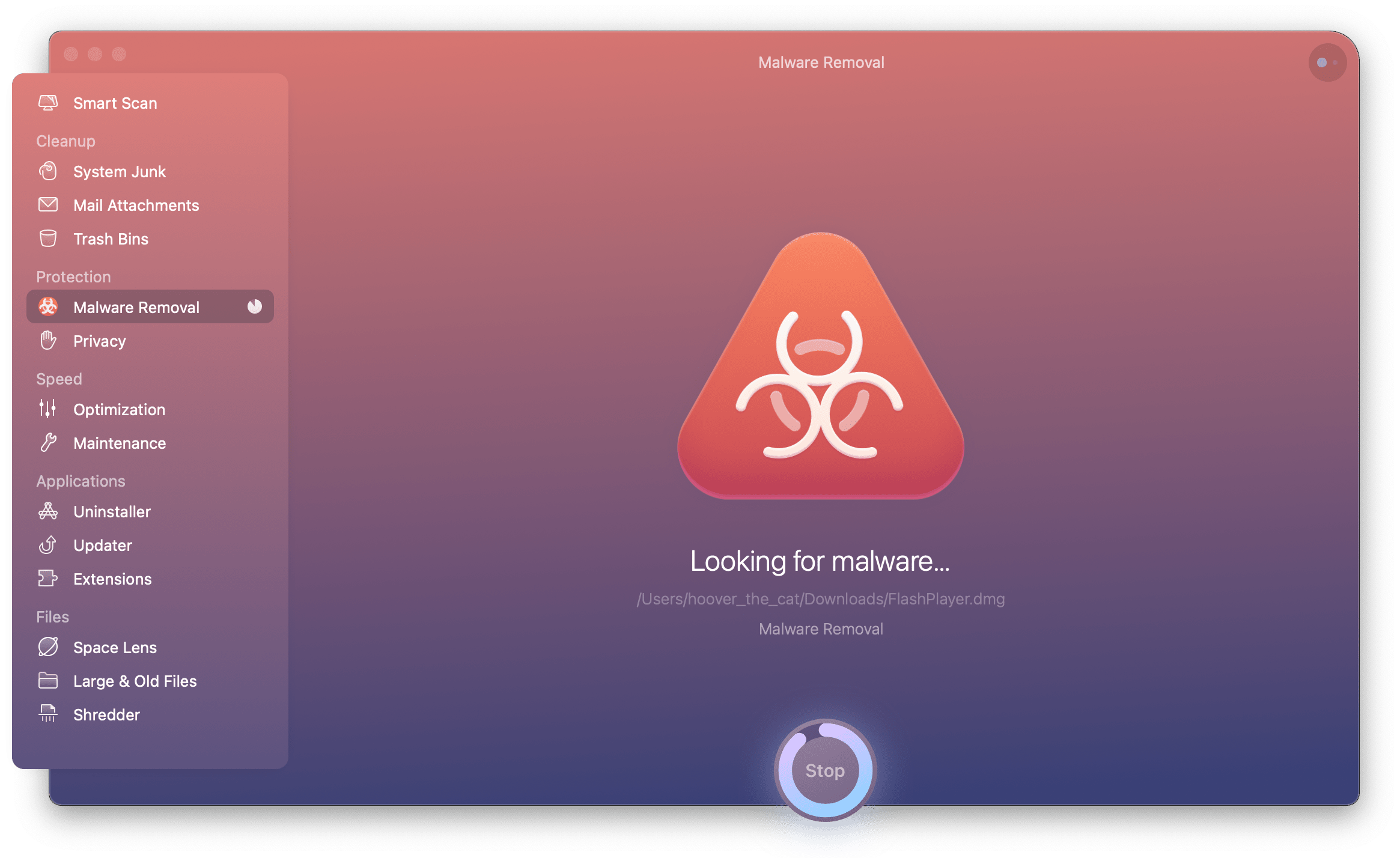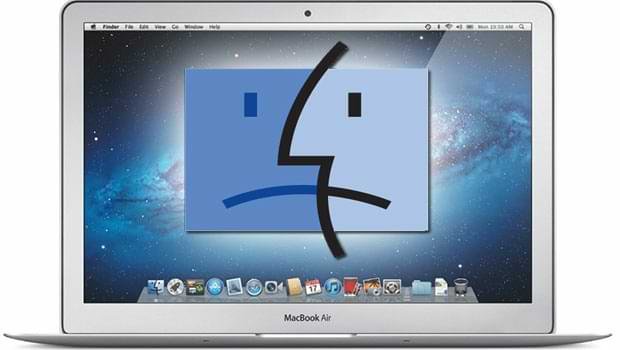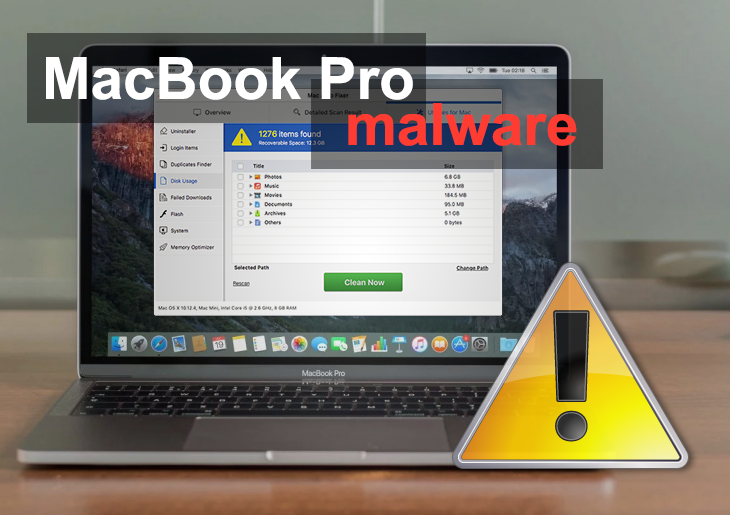

- #Search for viruses on mac how to
- #Search for viruses on mac software
- #Search for viruses on mac mac
- #Search for viruses on mac windows
#Search for viruses on mac software
The end result is that the user is taken to a page containing malicious content or software prompting him/her to pay money or provide sensitive information. The cybercriminal can even force you to click on these links for this purpose. This can be done in a number of ways, often by producing fake error messages instructing you to find the actual website via third-party search engines or links. Website Redirection: The first major type of malware, which makes its presence known very quickly, involves redirecting users to websites other than the ones they are anticipated to visit.
#Search for viruses on mac how to
To keep your Mac malware free, examine any drastic changes to its performance, observe any unfamiliar programs running on the OS, and inform yourself of how to delete viruses from macOS. However, there are differences to keep in mind. The list of symptoms that indicate your Mac is infected with malware are similar to those that would be experienced during a virus infection. ➡ Avast Antivirus review: Security and Privacy Signs your MacBook might have virus or Malware

In an open letter, REvil said it had successfully penetrated Quanta’s network and in so doing gained access to a “large data of Apple computers. Case in point: REvil targeted Quanta Computer, a major computer manufacturer mostly known for producing devices for Apple Inc.

It’s simple, but it has been happening for years and is still happening today. How does a hacker get into a high-profile company’s computer network? They hack the end users. in March, using the same logic-bomb style malware that this time infected Quanta’s internal network. Sodinokibi had previously hijacked the systems of Taiwan’s Win Way Industrial Co. The gang stole a large cache of sensitive data from Apple and used it as leverage to demand a multi-million dollar ransom from the company. On March 26th, a group of hackers by the name of REvil launched a campaign to claim their ransom from Apple. On the surface, ThiefQuest looks like ransomware, but in reality, your files are encrypted without any sort of request for payment. ThiefQuest: ThiefQuest, is an insidious type of malware that steals data from your machine without you even realizing it.Users can remove this virus manually by going into their Safe Mode and then running a system clean-up to remove any corrupted files. The virus itself is adware-it installs adware on your computer, changing your search engine and homepage settings, and showing you ads for Internet products. The first piece of malware to target Macs with M1 Chip was called Pirri/GoSearch22. Pirri/GoSearch22: If you use a Mac, you may have heard that Macs don’t get malware-a type of computer virus/worm/trojan.Neither protocol actually involves installing itself directly onto the device, which means that at this point it remains undetected by virus software. With an M1 chip and macOS Installer JavaScript API, Silver Sparrow relies on two protocols used by Apple’s operating systems to establish itself on Macs. Judging by the name of this one, you’ve most likely guessed that Silver Sparrow is not the kind of program you’d want to run on your computer. Silver Sparrow: If you thought your Mac couldn’t get a virus, you might want to think again.Finally, we’ll show how to detect and deal with a real virus on your precious iMac or MacBook Pro. I’ll explain the different methods and approaches cybercriminals use to attack Macs and what you can do about them. If you want to know how to tell if your Mac has a virus, keep reading. That doesn’t mean you shouldn’t protect your Mac at all costs.
#Search for viruses on mac windows
In practice, they fall victim to a lot fewer malicious codes than Windows PCs do. In theory, Macs aren’t immune from viruses.

➡ Can iPhone get virus? iPhone Virus Scanner & Protection


 0 kommentar(er)
0 kommentar(er)
